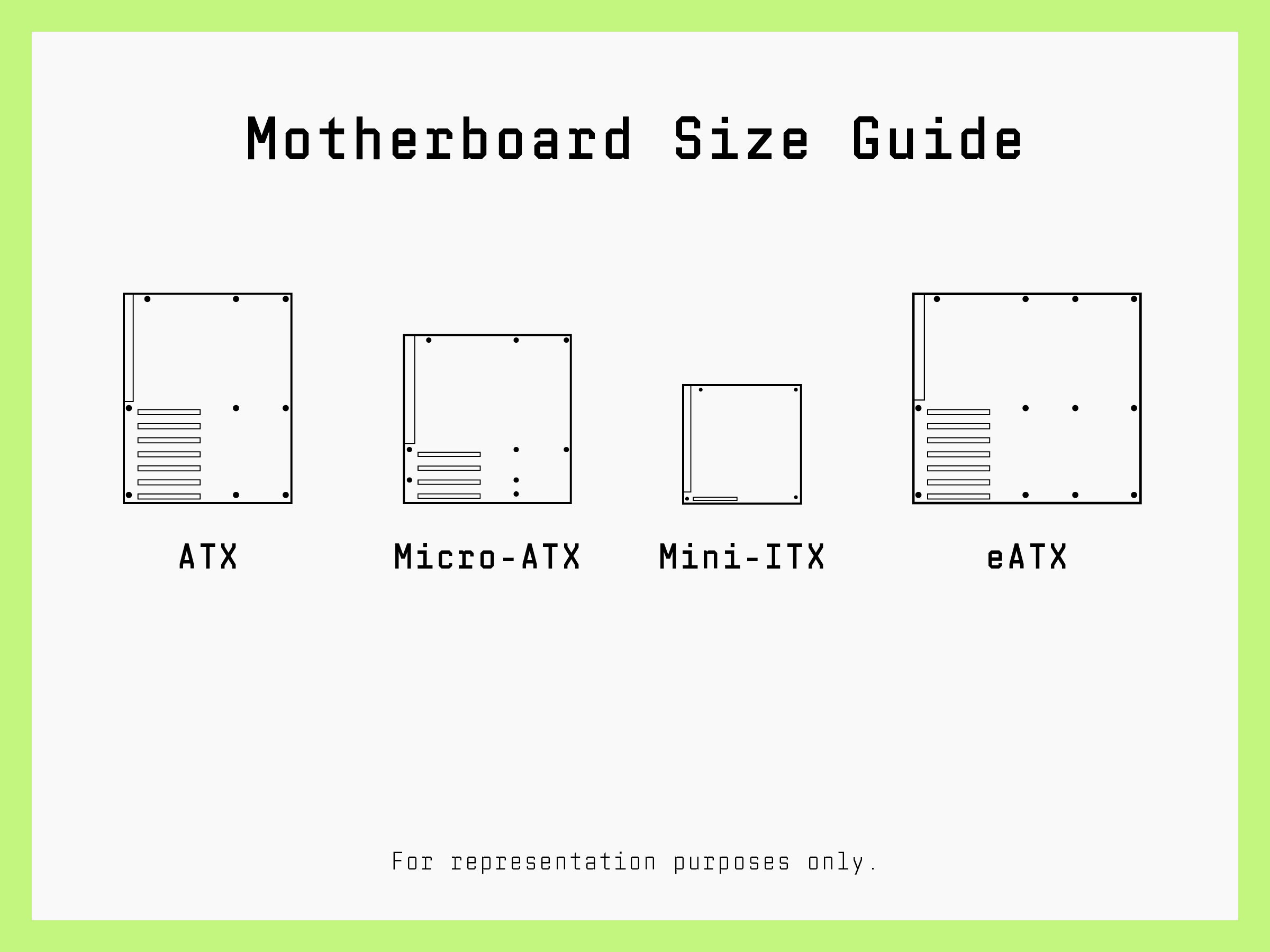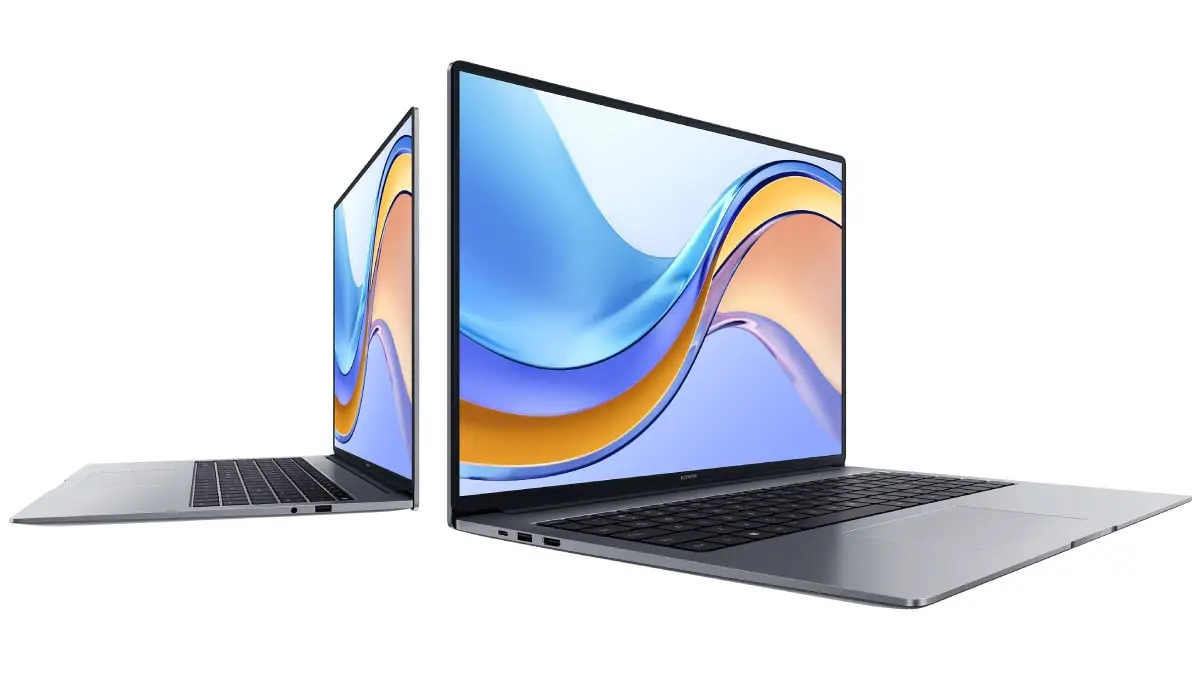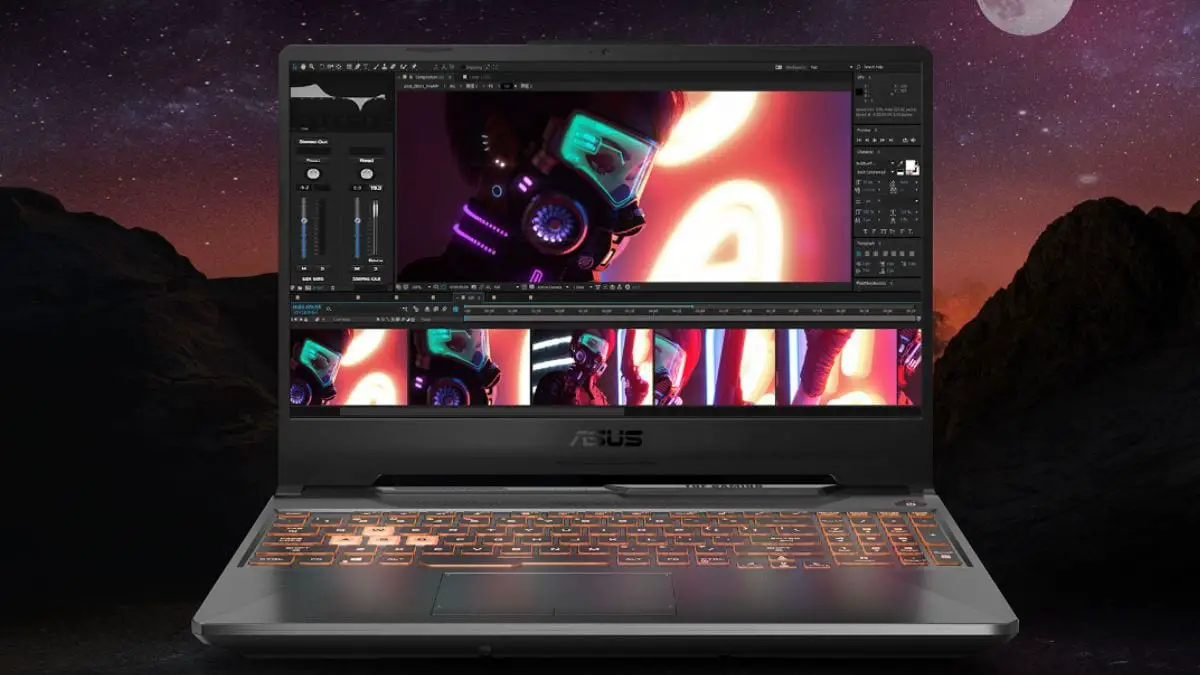When you first learn how to build a PC, everything can seem super complicated, but one of the most confusing things you’ll come across is motherboard sizing. Depending on the type of case you’ve bought for your build (and what kind of hardware you want to put in your computer in general) you can have a ton of different size options. Below I’ll go through all of the main modern motherboard iterations and what they mean.
Looking to learn more about gaming or PC gear? Be sure to have a look at our guides for the Best Gaming Keyboards, Best Gaming Mice, Best Gaming Headsets, and Best Gaming Controllers.
Power up with unlimited access to WIRED. Get best-in-class reporting that’s too important to ignore for just $2.50 $1 per month for 1 year. Includes unlimited digital access and exclusive subscriber-only content. Subscribe Today.
If you buy something using links in our stories, we may earn a commission. This helps support our journalism. Learn more.
What Is ATX?
Ever wonder why most modern computer motherboards look the same? That’s because they almost all use ATX, a standard for motherboards, power supplies, and desktop cases that defines size, position, and power delivery. This set of rules helps every component work together, regardless of manufacturer.
For our purposes, we’re interested in the physical dimensions. Some elements, like the size and location of the ports on the back, are consistent across all of the ATX variations. Other aspects of the standard, like the width and length of the board, are indicated by their own acronyms, helping you quickly identify the size and compatibility.
Just ATX
Photograph: Amazon
ATX is both the name of the standard and also how we refer to the most common size. If you’ve ever cracked open the side of a computer case, this form factor will likely look familiar. Measuring in at 305 x 244 mm (12 x 9.6 inches), this size of motherboard has plenty of room for four or more RAM slots, multiple PCIe cards at several lengths, and two to four M.2 slots.
For example: The ASUS TUF Gaming B650-Plus WiFi ($200) is a full-size ATX motherboard for the AMD AM5 platform. It boasts four RAM slots, two M.2 slots, and a PCIe 5.0 slot.
These are a great choice for basically any PC build, from your humble living room email checker to a powerful gaming rig. They’re typically the first to release when a new generation launches, and have all the new features and options without paying a premium price. You don’t need a fancy computer to appreciate the benefits, since ATX motherboards also come in the widest variety of budgets and feature sets.
Micro ATX
Photograph: Amazon
A slightly smaller option, micro ATX (or mATX for short) is increasingly common, thanks to constantly improving energy and thermal efficiency. These boards are the same width as the full-size boards, but shortened on one end to be a 244 x 244 mm square. You’ll also find many of the same options and features that you can on ATX boards, without too much of a price increase, making these a popular choice for midrange gaming PCs.
For example: The reasonably priced MSI Pro B760M-P ($99) has the CPU slot for the latest generation of Intel chips, a PCIe 4.0 slot, and only one M.2 slot.
The smaller square footprint also opens up a world of flexibility when it comes to choosing a case. While most cases that fit ATX boards have a similar tower design, mATX cases boast a wider variety of layouts, orientations, and shapes. They can also fit in smaller spaces like bookshelves and entertainment centers, so they’re great for rooms where you want some computing horsepower but don’t want it to stand out.
Mini ITX
Photograph: Amazon
Mini ITX is the smallest size you’re likely to encounter when building a computer at home. These motherboards are ultracompact, and square like mATX boards, but with the same-size IO shield at the back. You’ll usually find just the essentials here in terms of onboard connectivity, with one PCIe slot, two memory slots, and a single M.2 slot.
For example: Gigabyte’s A520I ($110) cuts down to two RAM slots, one M.2 drive, and a single full-length PCIe lane. If you want to build using an ITX board, you’ll have to plan around similar limitations.
Because of their size, these boards often carry a premium price tag, even for basic models. For high-end gaming or production systems, expect to pay more than the comparable ATX or mATX alternatives, if you can even find the same features. Experienced builders love the flexibility and tiny cases that these motherboards enable, but they aren’t for the faint of heart. Building and maintaining a tiny system means working in cramped spaces and finding parts that fit in tight tolerances.
eATX
Photograph: Amazon
With the smaller boards out of the way, we can move on to the bigger offerings, the most common of which is eATX. These boards typically have the same length as a standard ATX board, but are a bit wider. They can vary in width a bit, so make sure to double check your case notes for supported widths if you’re building a computer.
For example: An absolute beast of a motherboard, the MSI MEG X670E ACE ($700) sports a trio of PCIe 5.0 slots, four M.2 slots under a heatsink, and a massive number of USB ports both on the rear panel and inside the case.
This extra space means more room for components, generally more memory slots, and occasionally a socket for a second CPU. You’ll really only find these in high-end systems meant for heavy workloads that need tons of horsepower, or gaming motherboards that need room for activities like liquid cooling and overclocking.
Other Sizes
Apple Mac Mini
Photograph: Apple
There are no rules that say a manufacturer has to use the ATX standard. Some prebuilt systems from big box brands may opt for a different shape in order to make manufacturing easier. High-end gaming PCs may also use special motherboards in order to fit into smaller or more bespoke cases. There are even more compact systems, like the Intel NUC platform, that use custom motherboards that may have the CPU permanently attached.
Apple is also a notable exception, using a different set of standards to build logic boards, the Apple term for a motherboard. It makes sense, considering the novel form factor of its computer lineup, but it does make upgrading or replacing parts much more difficult.
That said, if you’re building a computer, you’re almost certainly looking for one of the ATX motherboard variants. Which one you choose will depend on your case choice, desired feature set, and how many parts you want to pack inside. If you want some help planning, make sure to check out our full computer building guide.









